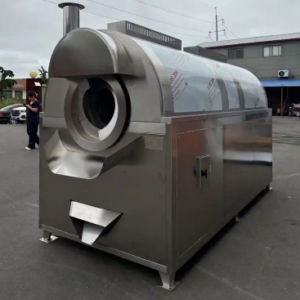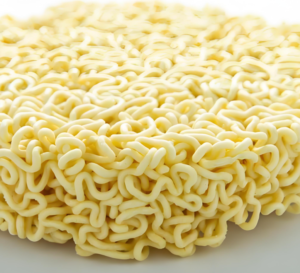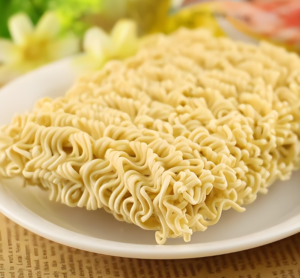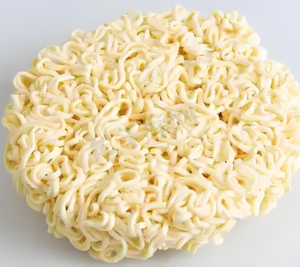Temperature Control in Puffed Food Production
Temperature control is a critical factor in puffed food production, directly affecting product texture, expansion, color, flavor, and shelf life. Proper temperature management ensures consistent quality and maximizes the efficiency of extrusion processes. This article explores key aspects of temperature control in puffed food manufacturing.
snack extruder machine
Toggle1. Importance of Temperature Control
- Expansion & Texture: Optimal temperatures ensure proper starch gelatinization and protein denaturation, leading to uniform puffing.
- Color & Flavor: Excessive heat can cause browning (Maillard reaction) or burnt flavors, while insufficient heat results in incomplete expansion.
- Nutritional Quality: Overheating may degrade vitamins and proteins, affecting nutritional value.
- Machine Performance: Improper temperatures increase wear on extruder screws and barrels.
2. Key Temperature Zones in Extrusion
In twin-screw extruders, temperature is controlled in different zones:
A. Feeding Zone (30–60°C)
- Purpose: Pre-conditioning of raw materials (flour, starch, water).
- Control: Moderate heating prevents premature gelatinization and ensures smooth feeding.
B. Compression Zone (80–120°C)
- Purpose: Builds pressure and shear force to plasticize the dough.
- Control: Gradual temperature increase ensures uniform mixing without overheating.
C. Cooking Zone (120–180°C)
- Purpose: Complete starch gelatinization and protein modification for expansion.
- Control: Precise heating ensures proper puffing without scorching.
D. Melting & Die Zone (100–150°C)
- Purpose: Shapes the product and controls expansion upon exit.
- Control: Slightly lower temperatures prevent excessive moisture loss and cracking.
3. Factors Affecting Temperature Control
- Moisture Content: Higher moisture requires more heat for gelatinization.
- Screw Speed: Faster speeds increase shear heat, requiring cooling adjustments.
- Raw Material Composition: Different starches (corn, wheat, rice) have varying gelatinization temperatures.
- Die Design: Smaller die holes increase pressure and heat; larger dies reduce resistance.
4. Monitoring & Adjusting Temperatures
- Use PID Controllers: Automatically adjust heating/cooling for stability.
- Infrared Sensors & Thermocouples: Provide real-time barrel and die temperature readings.
- Cooling Systems (Water/Jacketed Barrels): Prevent overheating in high-shear zones.
5. Common Temperature-Related Issues & Solutions
| Problem | Possible Cause | Solution |
|---|---|---|
| Incomplete Expansion | Low cooking temperature | Increase barrel/die heat |
| Burnt Flavor/Color | Excessive die temperature | Reduce heat or increase screw speed |
| Uneven Texture | Inconsistent temperature zones | Check heating elements and sensors |
| Machine Overheating | High friction or insufficient cooling | Optimize screw configuration, use cooling jackets |
6. Best Practices for Optimal Temperature Control
- Preheat the extruder before starting production to stabilize temperatures.
- Monitor and log data to identify trends and prevent deviations.
- Adjust based on raw material variations (e.g., different starch sources).
- Regularly calibrate sensors to ensure accurate readings.
Conclusion
Precise temperature control is essential for producing high-quality puffed foods. By understanding the thermal requirements of each extrusion zone and implementing proper monitoring systems, manufacturers can achieve consistent product characteristics, improve efficiency, and extend equipment life.
Would you like further details on specific puffed food applications (e.g., snacks, cereals, pet food)?








